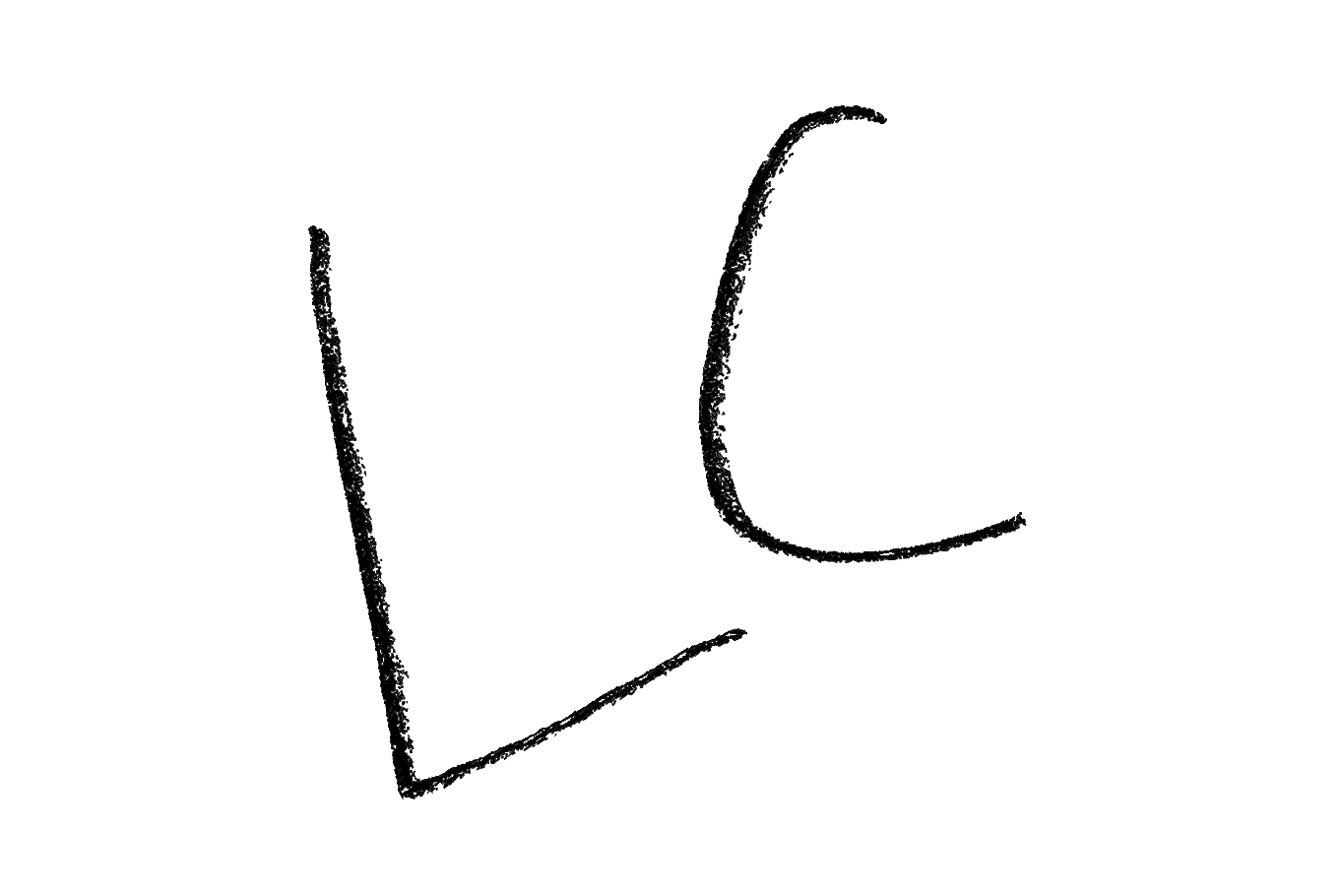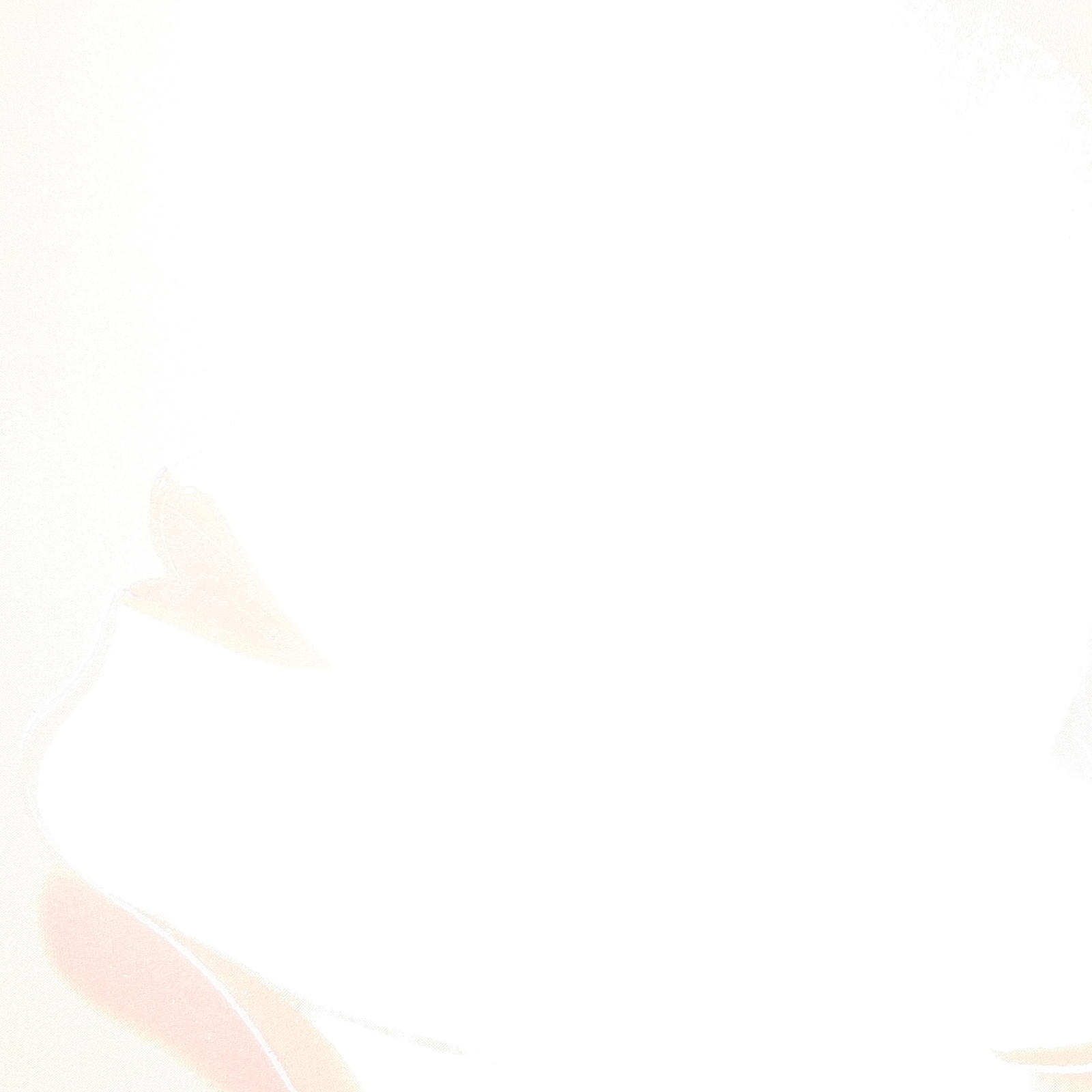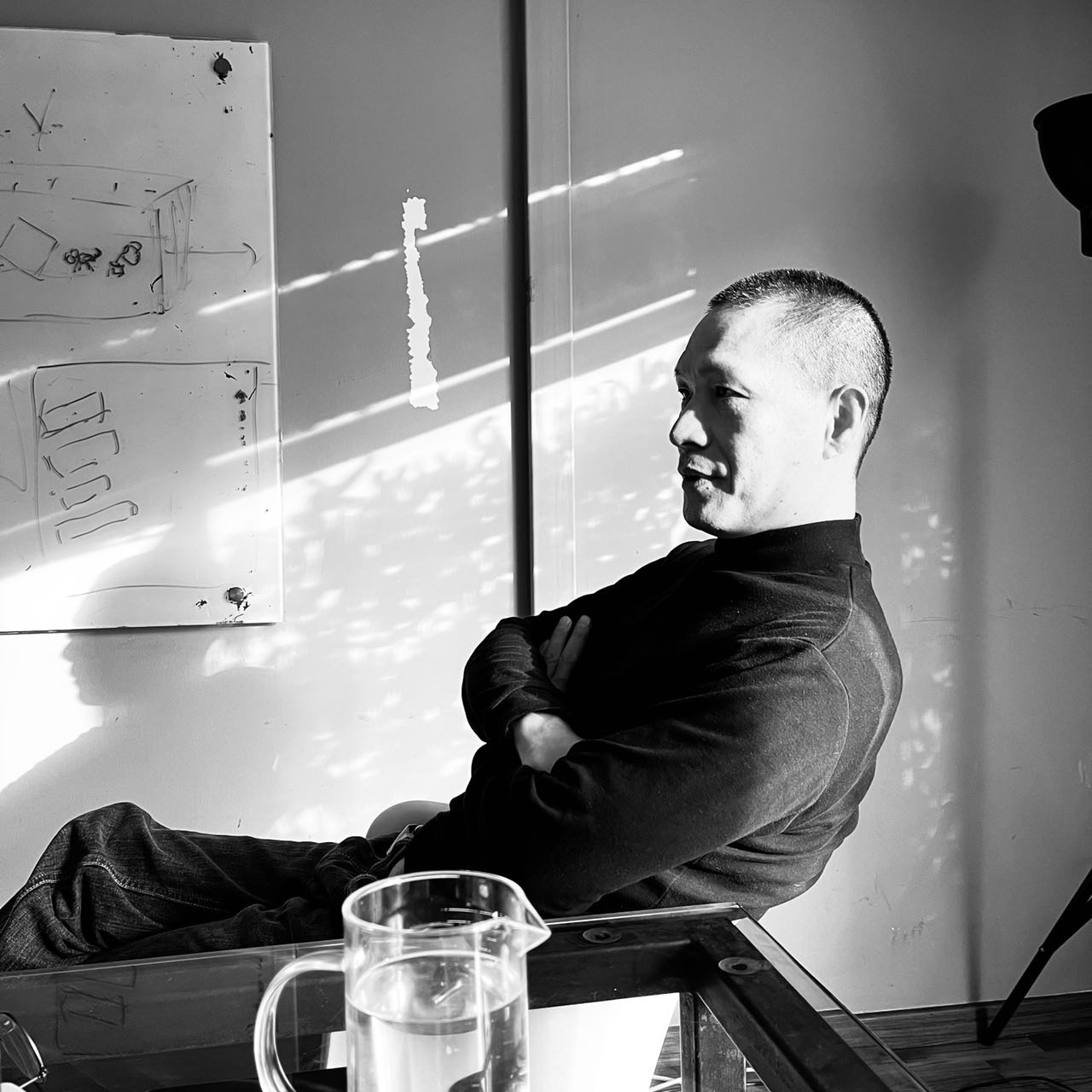menu
close

art
poetry
正在下雨
正在一幢不经意就错过的房子里
正在傍晚跑步的上野公园附近
正在高架桥边
正在听到低沉的呼啸
并不喧闹
也不嘈杂
正在一幢窄窄的酒店对面
真的
绝对不超过四十米
中间隔着高架桥
正在东京时间
下午
四点五十九分
正在等什么
就听到钟声
正在敲着
哦
好久了
不能听到钟声
好久了
不能收到信
不能闻到土豆的味道
不能看到一辆车停在那里那么久
不能从几幢房子和一条路中
感到久远的寂静
不能在几幅画和几幅画中
归纳抽象
正在想
在一幢空荡荡的楼里
有什么样的征兆和寓意
而夜晚临近
风必将穿过任何一条街巷
风带来什么
正在下雨
正在等
询价购买展览采访其他
close
项目
/
/
/
/
/
姓名
邮箱
详情
发送
多么耀眼的安迪 How Dazzling Andy





























多么耀眼的名人 How Dazzling Celebrity















多么耀眼的创作者 How Dazzling Creator

















多么耀眼的熟悉的人 How Dazzling Acquaintance







How Dazzling
When I wrote "What's Up", I started to stop writing poems for a theme as I used to. I found that I started to feel no pleasure in the way I had written before. I didn't like to expose emotions, states, events in the poems, and I even felt that way of writing was like revealing privacy. I think I must have passed a certain stage where I started writing poems like the way I wrote "What's Up", which is to never get to the theme that seems to be concerned until the poem is complete. I've come to like this kind of poems that has no beginning and no end (like an iPod), no theme and no blank lines, I want to write poems with all the obstacles removed, the themes, words, rhetoric, metaphors, rankings, word-by-word judging, or bypass them and even just write a poem for a word, a sentence. For instance, I like "in", "was", "when". I like "so", "then", "maybe". I like "few", "some", "or", "I think". I like the name of a certain place, a certain person. I also like some punctuation marks, and I like to mark dates in Arabic numerals. I use them over and over again, and as a result, I feel like I'm writing a program, sort of automated, and so fast in one go that I often wonder if it's poetry at all. But it makes me pleased, and makes me want to keep writing. If back to the way it was before, I don't think I'll write anymore.
When I took photos with overexposure, I found the results to be so surprising, absurd, uncertain and indescribable. I started to realize that this is a way, a way that I like, or that works for me - that I am no longer anxious about the parameters like ISO or white balance. I think I have bypassed the tool logic that had always been intimidating to me, the obstacles of theme, meaning, technique, art, and could just shoot whatever I wanted. One day, when I found that I could name these overexposed images after a poem I wrote called "How Dazzling", I thought, well, they were no longer overexposed, or no longer badly shot, but a step further, they might be art as I thought. Finally, 15 years later, I decided to make them, and, as a result, I started to have further ideas. I think, these are not disposable anymore, I can tell, they are full of sustainability.
I like concepts. I wrote a poem called "Concepts", in which it said, "There are still some concepts that dwell \ they line up \ waiting to be pondered \ with the explorer roaming among them \ all along \ that he tries to convert them into colors and shapes". I think my art - what you have seen so far - is just some colors and shapes of concepts.
When I think about my poetry and my art, I find the commonality between them - the indirectness. If you ask me, what is the theme of these works? I'll answer: indirectness, of which, I'm pretty sure, I think.
When I wrote "REBRANDING", I brought forward the concept of "Unconscious Touch Points". I wrote that "Unconscious has indirect power that brings effect of massive contrast. It’s a way to make secondary importance prior and make process powerful." Indeed, I like this kind of "secondary" and "sense of process". Or in my case, secondary is the primary and process is the result. I also brought forward the concept of "Mega Touch Points", but I prefer "unconscious" other than "mega".
When I provide services for brands, my methodology is centered on "Creating a unique and iconic brand experience". As I see it, good art happens to follow the same logic.
When I choose Andy’s works as the material, it means I have already enough indirectness. Or I can say when I shoot Monroe, I am not shooting Monroe, I am shooting Andy’s Monroe, which contains a long journey through time and space, Andy’s camera, processing, silkscreens, errors, printing, the material and traces torn of this Andy’s Collection that I have, and so on. Therefore, I can also say that I am not shooting Andy, I am shooting the time and space journey based on Andy. From this point of view, I can shoot anyone. It’s all because of the theme of mine is indirectness, not Andy.
Yet, Andy is good, Andy helped me solve a series of problems, like choosing the target subject, operating the camera, aperture, focus length, lens, composition, prints, forms, tonality… I think he had solved it quite well, then why should I repeat these? If artists exist because of differentiation like brands, then artists must have to create new customers and find their positions in the market segments, and thus obtain their differentiation as well. If there is differentiation, what kind of art can not work? Those on the shelf? Which means can not work? Shooting? Digitalizing? And what kind of rhetoric can not work? Realistic? Symbolistic? - I all do not agree.
When I make ppt, I would find some pictures to illustrate a point of view or fact. When I was faced with all these pictures and need to make a choice, I found that they were all good. I gave up what I had thought - "only one is appropriate", which I found was an outdated way of selecting, and decided to put all of them in the ppt. People are always happy to put up several pictures of the same content on social media. I used to think that they were all the same. But now, I think they are each different. This is why you can find many pieces of a same content in "How Dazzling Andy". "There are no two identical leaves in the world", I think, this is probably the philosophical foundation of their existence.
When I look for commonalities between things, I find that individuality will always appear when good commonalities appear. When I am about to give up the theme, the theme will always arise in the process. When I hesitate, the hesitation turns out to be the affirmation. When I search for certainty, uncertainty comes as expected. When I pursue necessity, contingency prevails instead. When I insist on "one", I will get "many" in return.
Artists can also be divided into platform type and product type. Andy Warhol belongs to the former, and David Hockney goes to the latter. I am thinking, or planning, to create more "How Dazzling", such as "How Dazzling He", "How Dazzling She", "How Dazzling Those", "How Dazzling These", "How Dazzling Dazzling", etc. All you can expect is "how dazzling" they will be. What you can't expect (including myself), is the result of things that are being given - like that sense of fading you might feel in "How Dazzling Andy", while someone else might instead read it as emerging. And when you see all the "How Dazzling" works (so far) - including celebrities and non-celebrities, the extraordinary and the ordinary, the historic and the living - you might read democracy in them. You know, I've always loved works that can stand up to multi-dimensional interpretations. Obviously, I belong to the platform type.
McLuhan said, "The medium is the message." Great artists don't create content, they invent a new medium, or a medium method. The readymade is Duchamp's medium, and "repetition" is (I think) Andy's medium. Then how about "How Dazzling"? Of course it’s the medium that I invented.
Remember, they are "How Dazzling", not the white, nor the overexposed.
2022-06-05 / 2022-08-27 / 2025-11-28
Lc, Written in Guangzhou
多么耀眼
当我写《怎么了》时,我开始不再像之前那样,为一个主题而写诗了。我发现,我开始觉得之前那样的写法没什么愉悦感,我不喜欢在诗中表露那些情绪、状态、事件,我甚至觉得那样写像是在暴露隐私。我想,我一定是过了某个阶段,我开始像写《怎么了》那样写任何一首诗,那就是永远不会抵达那个看似要表达的主题,直到写完整首诗。我开始喜欢这种没有开始没有结束(就像 iPod 一样)的诗,没有主题没有空行的诗,我想去除所有的障碍写诗,去除主题、词语、修辞、隐喻、排行、字斟句酌,或者说绕过它们而写诗,我甚至只是为一个词、一句话而写一首诗,比如,我喜欢“在”、“曾经”、“当”;我喜欢“这么”、“那么”、“也许”;我喜欢“一些”、“某个”、“或者”、“我想”;我喜欢某个地名、某个人名;我还喜欢一些标点符号、喜欢标注阿拉伯数字的日期,我反反复复用它们,其结果就是,我感觉写的像一种程序一样,有点自动化的意思,写的很快,真叫“一挥而就”,以至于,我经常怀疑这还是不是诗。但这令我愉悦,令我愿意继续写,而回到之前那样,我想我就不写了。
当我用曝光过度拍东西时,我发现结果是如此令人诧异、荒诞、不确定、难以言说。我开始意识到这是一种方式,一种我喜欢、或者说适合我的方式——我不再为感光度、白平衡这些参数焦虑了,我想我绕过了那些一直以来令我生畏的工具逻辑,我绕过了主题、意义、技术、艺术的障碍,而可以随便拍。某天,我发现可以用我写的一首诗的名字《多么耀眼》,来给这些过度曝光的图像命名时,我想,它们就不再是曝光过度了,或者说就不再是拍坏了,再进一步就是,我想它们有可能是艺术吧。终于,十五年以后,我决定把它们制作出来,并且,因此,我开始拥有了进一步的想法。我想,这些不是一次性的了,我可以说,它们充满了可持续性。
我喜欢概念。我写了一首名为《概念》的诗,诗中写道:“还有一些概念寄居 \ 它们排着队 \ 等着被琢磨 \ 探索者在它们之间漫步 \ 一直以来 \ 他都试图把它们转换成颜色和形状”。我想,我的艺术——目前你看到的——就是一些概念的颜色和形状。
当我思考我的诗和艺术时,我发现了它们之间的共性——间接性,如果你问我,这些作品的主题是什么?我将回答:间接性,这一点,我可以很肯定,我想。
当我写作《重塑品牌》的时候,提出了一个“不经意接触点”的概念,我写到:“不经意,是一种间接的力量;是一种反差效果;是一种让次要产生力量,让过程产生力量的方法。”嗯,我喜欢这种“次要性”和“过程感”,或者说,在我这里,次要就是主要、过程就是结果。我还提出了“重量级接触点”的概念,而我喜欢“不经意”胜过“重量级”。
当我为品牌提供服务时,我的方法论是以“打造独特的标志性的品牌体验”为中心的。我看到,好的艺术也不约而同地遵循了这一逻辑。
当我选择安迪的作品为素材时,就意味着我已经拥有了足够的间接性,或者说,当我拍摄梦露时,我不是在拍梦露,我是在拍安迪的梦露,这包含了一段漫长的时空旅程,安迪的相机、洗印、网版、误差、印刷、我手头这本安迪作品集的材质及其陈旧性、等等,因此,我还可以说,我不是在拍安迪,我是在拍基于安迪的时空旅程。从这个角度讲,我拍谁都可以。因为我的主题是间接性,而非安迪。
但是,安迪很好,安迪帮我解决了一系列问题,选拍摄对象、操作相机、光圈、焦距、镜头、构图、洗印、形式、调性······我想他解决得很好了,我为什么要重复呢?如果艺术家就像品牌一样因差异化而存在,那艺术家也得像品牌一样去开创新的顾客,在细分市场中寻找位置,并因此获得差异化。如果拥有差异化,哪种艺术又不行了呢?架上吗?哪种手段又不行了呢?拍摄吗?数字化吗?哪种修辞又不行了呢?写实吗?象征吗?——我都不同意。
当我制作ppt时,会为一个观点或事实找一些图片做例证,当我面对这些图片作选择时,我发现它们都是好的。我放弃了我以为的——只有一张是合适的,我发现,这是一种过时的选择法,我决定把它们全部都摆在ppt里。在社交媒体上,人们乐于放上好几张同样内容的图片,我曾经以为它们是一样的,而我现在认为,它们每一张都是不一样的,这个就是为什么你会在《多么耀眼的安迪》中看到同一个内容有很多张。“世界上没有两片完全相同的叶子”,我想,这就是它们存在的哲学根基吧。
当我寻找事物之间的共性时,我发现,个性总会在好的共性出现时出现;当我放弃主题时,主题总会在放弃的过程中产生;当我犹豫时,犹豫本身就是肯定;当我寻找确定时,不确定如期而至;当我追求必然时,偶然却大行其道;当我执意于“一”时,就会得到“多”。
艺术家也可以分为平台型和产品型,安迪·沃霍尔属前者;大卫·霍克尼属后者。我想,或者说我计划,我还会创作更多的《多么耀眼》,比如,“多么耀眼的他”;“多么耀眼的她”;“多么耀眼的那些”;“多么耀眼的这些”;“多么耀眼的耀眼”;等等。你能预期的是——它们都将会是“多么耀眼”;你不能预期的(包括我自己)是——事物被赋予的结果,就像你可能在《多么耀眼的安迪》中发现消逝感,而另外有人则看到浮现。当你看到所有(到目前为止)的“多么耀眼”时(包括名人和普通人、非凡和平凡、历史和现在……),你可能读到民主。你知道,我从来都喜欢那些经得起多维视角解读的作品。显然,我属于平台型。
麦克卢汉说:“媒介即讯息。”出色的艺术家不是在创造内容,而是发明一种新的媒介,或者说一种媒介方式。现成品是杜尚的媒介;而(我认为)“重复”是安迪的媒介;“多么耀眼”呢?当然是我发明的媒介。
记住,它们是“多么耀眼”,而非白色,更不是曝光过度。
2022-06-05 / 2022-08-27 / 2025-11-28
Lc 写于广州
